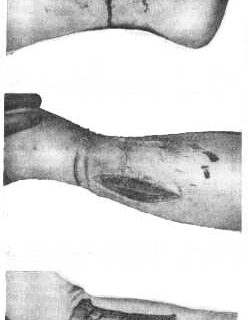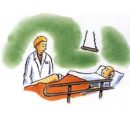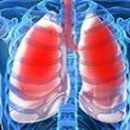Aneurysmal bone cyst - this is a rather rare disease, striking, as a rule, spine. Such a cyst occurs in children and often leads to paralymp. Read more about manifestations of aneurysmal bone cysts read in the article.
Content
An aneurysmal bone cyst is an extensive damage of the bone consisting of the blood filled with the cavities of various sizes, separated by partitions containing pieces of bone, should be considered an independent disease, although in some cases it approaches the cyst tumor.
An aneurysmal cyst is characterized by the expansion of the bone, the rapid development and large sizes can be assigned to the idea of a malignant tumor, but in fact it is benign, although the development of the disease is sometimes accompanied by the occurrence of heavy, sometimes irreversible paralysis with impaired pelvic organs, breakdown, severe disorders. General status.
Aneurysmal cyst occurs more often in children and adolescents aged from 5 to 16 years, and the floor dependence has not been identified. The most frequent location of it is the chest and cervical spine, the lumbar and sacral departments are slightly stronger. Aneurysmal cyst may affect one or more, sometimes 5-6 adjacent vertebrae. Localization in the vertebral itself is different.
Manifestations of aneurysmal bone cyst
 The first manifestations of the aneurysmal cyst of the spine are usually indefinite; most often the child is worried about the overtakers, occasionally pain become sharp. They sometimes occur at strains, movement, load, cough, some children do not pass. In exceptionally rare cases of pain intensify at night.
The first manifestations of the aneurysmal cyst of the spine are usually indefinite; most often the child is worried about the overtakers, occasionally pain become sharp. They sometimes occur at strains, movement, load, cough, some children do not pass. In exceptionally rare cases of pain intensify at night.
Pain in children either felt strictly in the field of lesion, or simulate diseases of the abdomen.
A number of patients with the first symptom of the disease, who attracted the attention of the patient or surrounding the swelling, and, finally, as an exception, in some patients, the tumor developed without any precursors, and the disease began with a sharply occurring paralysis as a result of a short injury or without any reason.
Such an indefinite picture in the initial phase of the disease leads to the fact that patients are observed for a long time with the most different diagnoses: tuberculosis, radiculitis, cholecystitis, spinal cord tumor, dissipated sclerosis and t. D. Patients come into specialized clinics not earlier than 6-12 months from the moment of the disease.









